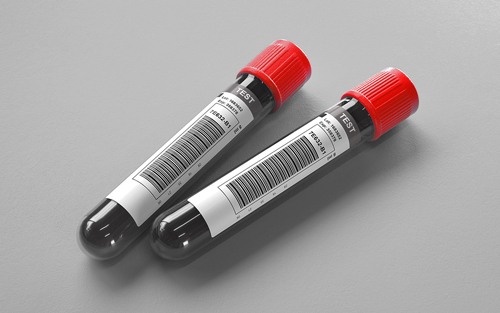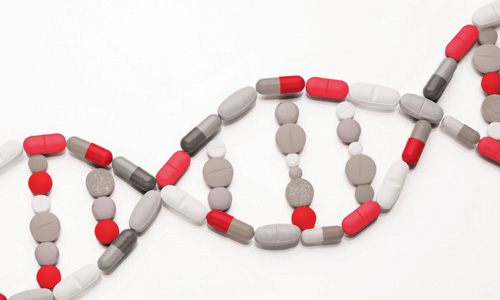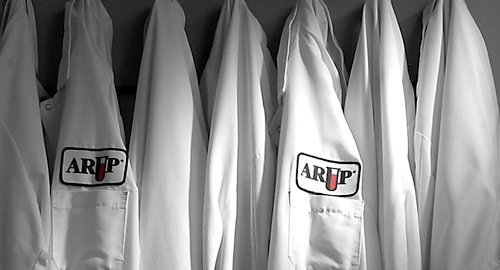Phosphatidylethanol (PEth), Whole Blood, Quantitative
Ordering Recommendation
Biomarker associated with ethanol consumption; may be helpful in monitoring alcohol abstinence.
New York DOH Approval Status
Specimen Required
Lavender (K2 or K3EDTA), pink (K2EDTA), dark green (lithium heparin), or gray (potassium oxalate).
Transport 1 mL whole blood. (Min: 0.5 mL)
Refrigerated. Also acceptable: Frozen.
Gel separator tubes, plain red, light blue (citrate), or yellow (SPS or ACD solution).
Ambient: 3 hours; Refrigerated: 2 weeks; Frozen: 1 month (-20 degrees C)
Methodology
Quantitative Liquid Chromatography-Tandem Mass Spectrometry
Performed
Sun-Sat
Reported
1-4 days
Reference Interval
Refer to report
Interpretive Data
Phosphatidylethanol (PEth) is a group of phospholipids formed in the presence of ethanol, phospholipase D, and phosphatidylcholine. PEth is known to be a direct alcohol biomarker. The predominant PEth homologues are PEth 16:0/18:1 (POPEth) and PEth 16:0/18:2 (PLPEth), which account for 37-46% and 26-28% of the total PEth homologues, respectively. PEth is incorporated into the phospholipid membrane of red blood cells and has a general half-life of 4-10 days and a window of detection of 2-4 weeks. However, the window of detection is longer in individuals who chronically or excessively consume alcohol. Serial monitoring of PEth may be helpful in monitoring alcohol abstinence over time. PEth results should be interpreted in the context of the patient's clinical and behavioral history. Patients with advanced liver disease may have falsely elevated PEth concentrations (Nguyen VL, et al, Alcoholism: Clinical and Experimental Research, 2018).
Laboratory Developed Test (LDT)
Note
Hotline History
Hotline History
CPT Codes
80321 (Alt code: G0480)
Components
| Component Test Code* | Component Chart Name | LOINC |
|---|---|---|
| 3002599 | PEth 16:0/18:2 (PLPEth) | 97606-8 |
| 3002600 | PEth 16:0/18:1 (POPEth) | 97607-6 |
| 3006403 | EER_Phosphatidylethanol | 11502-2 |
| 3016919 | PEth Interpretation | 77202-0 |
Aliases
- 1,2-dioleoyl-sn-glycero-3-phosphoethanol
- 1-palmitoyl-2-oleoyl-sn-glycero-3-phosphoethanol
















